

FAO conference on livestock transformation: Jimmy Smith on 'three animating ideas'
Landmark UN conferences in Rome and Dubai are putting sustainable livestock issues in the limelight
At this year’s ongoing climate summit, in Dubai, livestock issues are being defined by the International Livestock Research Institute (ILRI) and its partners as a climate change ‘solution with legs’. The high profile of livestock and other food systems issues at this year’s climate summit, the 28th such annual event, is a first. This milestone was enhanced two months earlier by a global livestock conference hosted by the Food and Agriculture Organization of the United Nations (FAO), where 740 livestock experts—of all kinds and representing livestock systems of all kinds practiced in all parts of the world—gathered in Rome for a Global Conference on Sustainable Livestock Transformation. The agenda of the conference, the first of its kind ever held by FAO, was organized thematically around the Four Betters of FAO’s 2021 strategic framework: Better production, better nutrition, better environment and better life.
The FAO conference
Among the delegations participating in the FAO Rome meeting was one from ILRI. Jimmy Smith, who served as director general of ILRI from 2011 to 2022, gave the keynote presentation. Smith is currently director of International Programs at the College of Agriculture and Natural Resources at the University of Maryland. Below are excerpts from his presentation. (You can listen to his 19-minute presentation; it starts at 32:53 minutes and ends at 52:15 minutes.)
Smith asked his audience to imagine how a transformed livestock sector could help transform global food production, nutrition, environments and lives. He concluded his keynote by exhorting his audience to move out of their comfort zones, to bear in mind that peoples’ perspectives on livestock matters differ markedly depending on their different circumstances and needs, and (no matter how heated a livestock discussion becomes) to remain both respectful of the opinions of others and committed to the highest standards of scientific evidence.
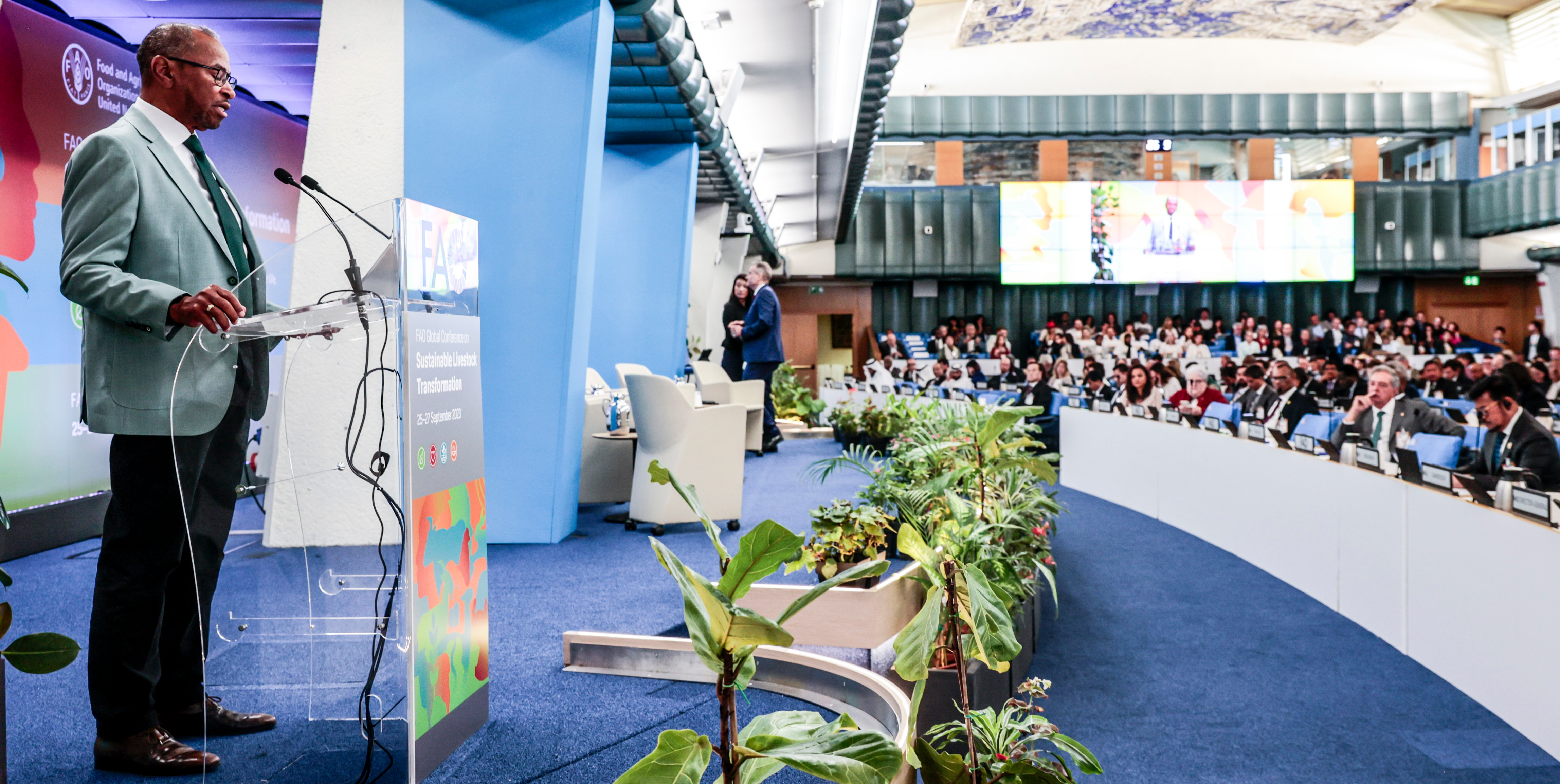
Excerpts
FAO has offered us the construct of ‘the four betters’—better production, better nutrition, better environment and better lives. These should guide us in the transformation that we seek. But first let me offer three caveats that I feel will help guide these ‘four betters’.
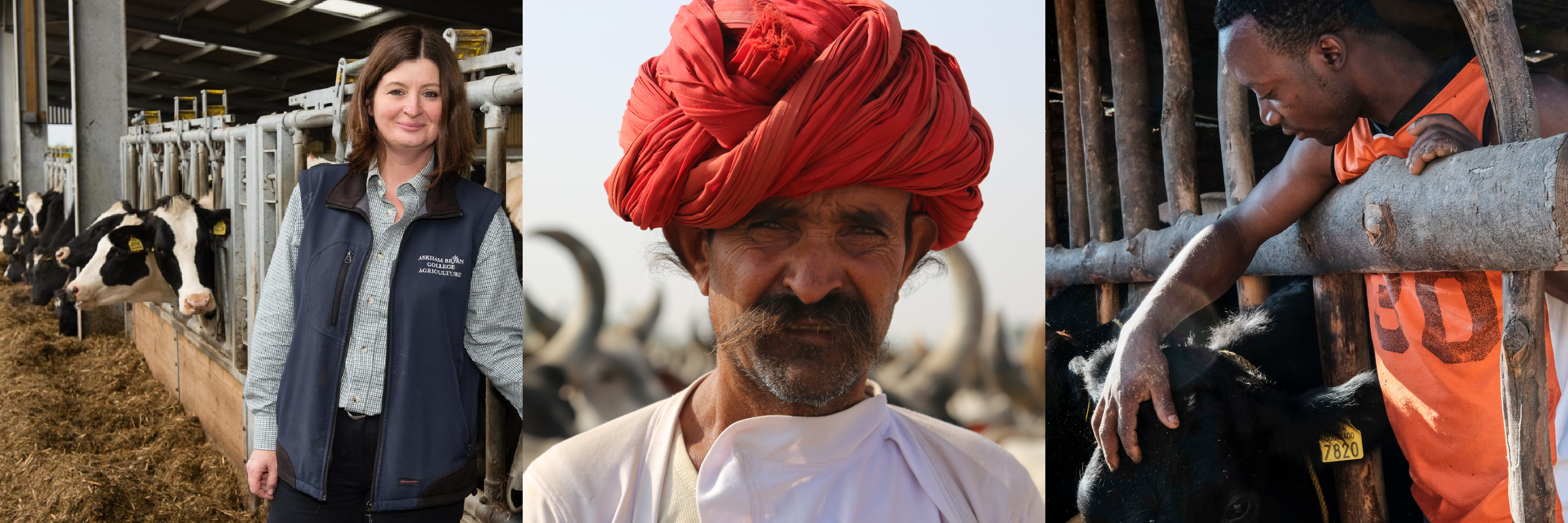
We need to advance more diverse, context-specific, solutions; we need to apply systems, not siloed, thinking; and we need to speed our livestock transformation work.
- Diversity: We need to make better use of diversity. Although we speak of ‘livestock’ as if it were one thing, livestock encompass many species and commodities and production systems and ecosystems. Therefore, we are speaking of many transformations—not just one.
- Systems thinking: We must pursue these four ‘betters’ with systems thinking. We must get out of our silos and address livestock trade-offs and synergies in a systems context.
- Speed: And we must work at a faster rate. Our past discrete successes are not adding up to global livestock transformation. We must consider what we need to do differently, prioritize differently and communicate differently.
Let me begin by asking you to imagine what the transformations we seek can bring about. We know that demand for milk, meat and eggs will continue to increase over the next few decades. We know that some 9.2 billion people by 2050 will require 60% more food than we produce now. And we know that much of this food will be sourced from animals.
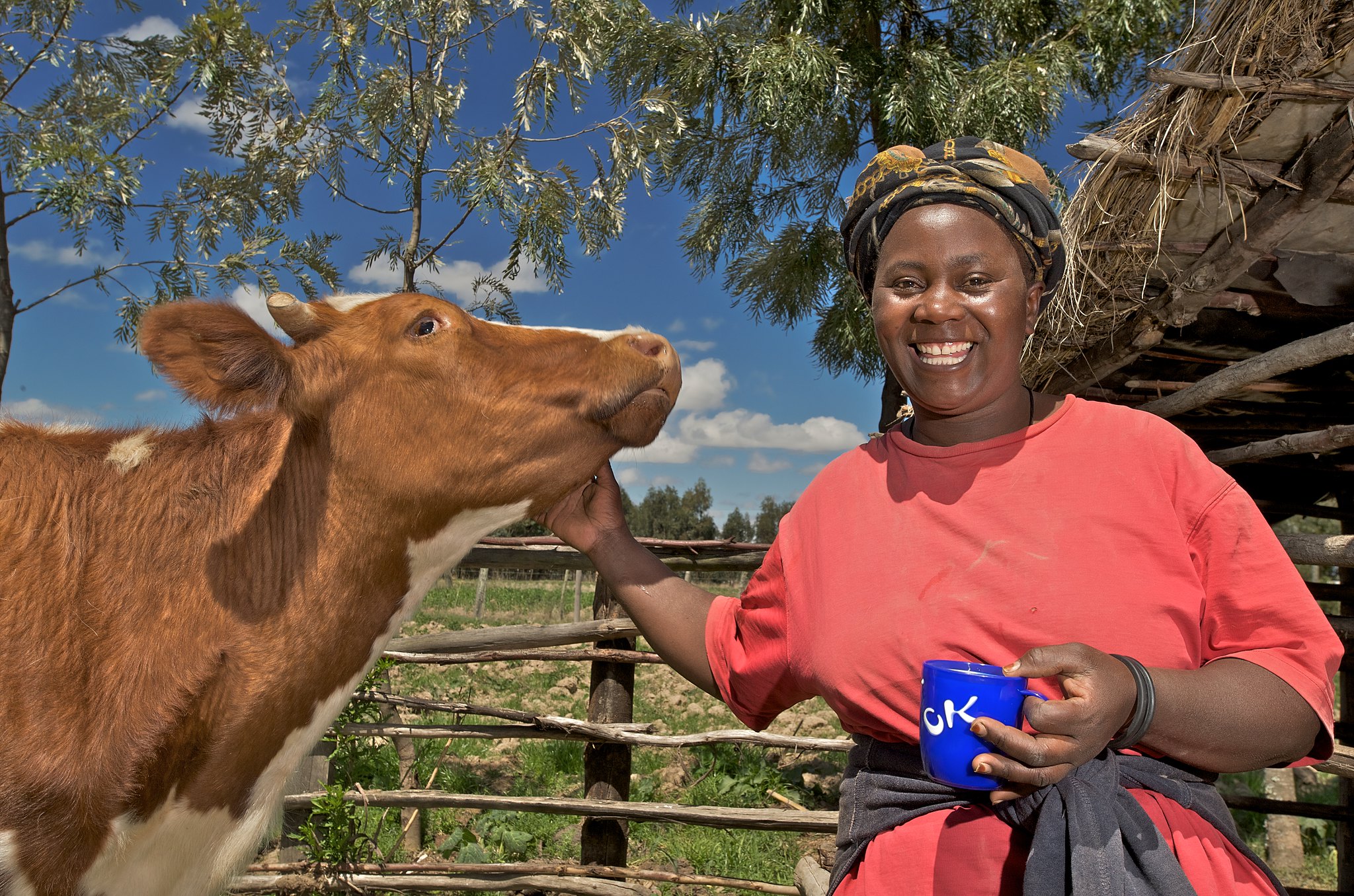
Better production
- Imagine that this rising demand is met without adding more ruminants to the planet.
- Imagine that we find low-emission animals and are able to introgress these traits into animal populations at large.
- Imagine that while lifting the burden of livestock diseases we are able to prevent zoonotic pandemics and overuse of antimicrobial drugs.
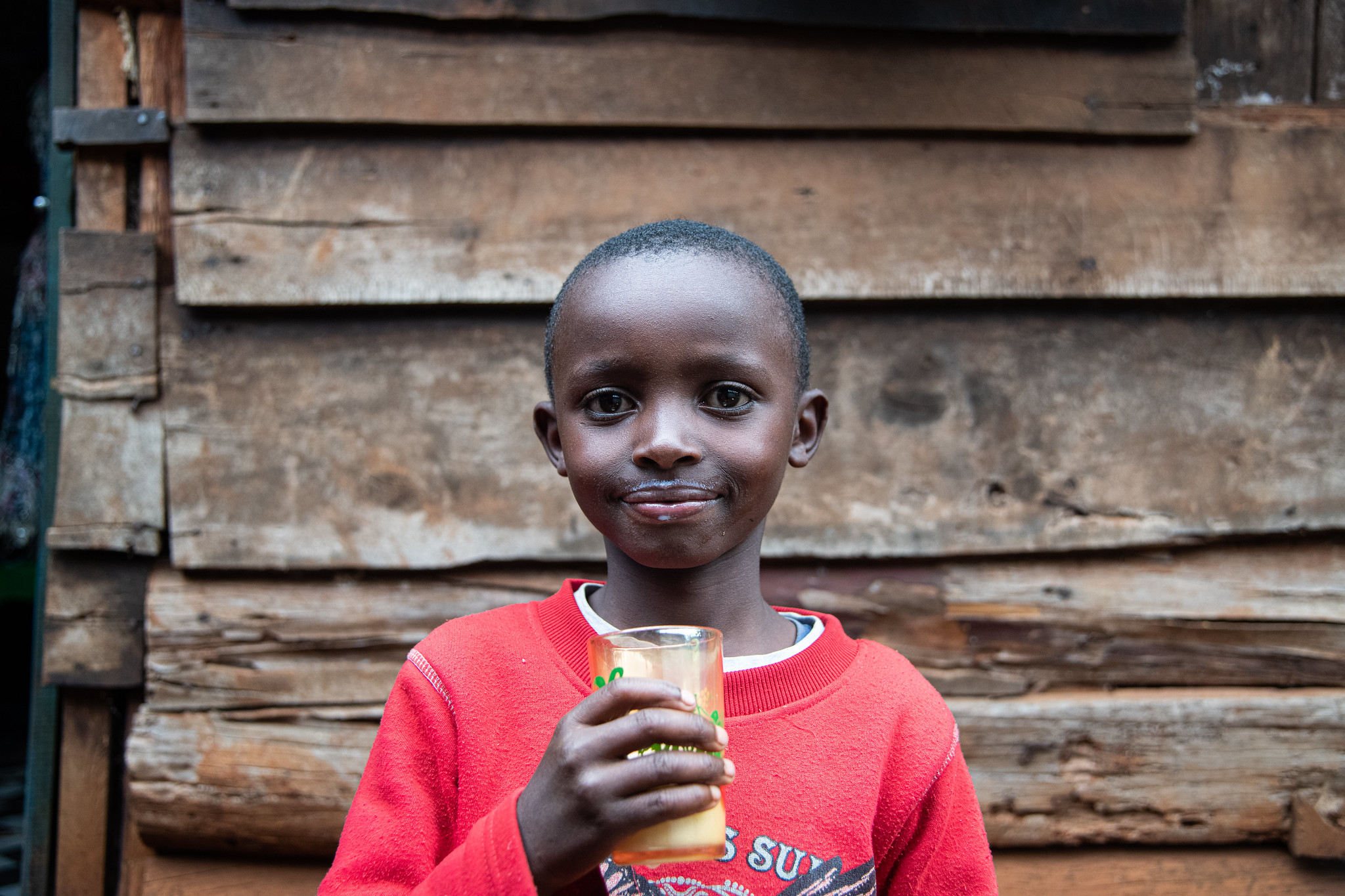
Better nutrition
- Imagine that the high nutritional value of animal source foods is made available to every man, woman and child who needs them.
- Imagine that concerns about obesity/overconsumption and stunting/underconsumption are given equal prominence and addressed simultaneously.
- Imagine that the meat and milk sold in local food markets is made safe and free of contamination, thereby reducing the huge foodborne disease burden in poorer countries.
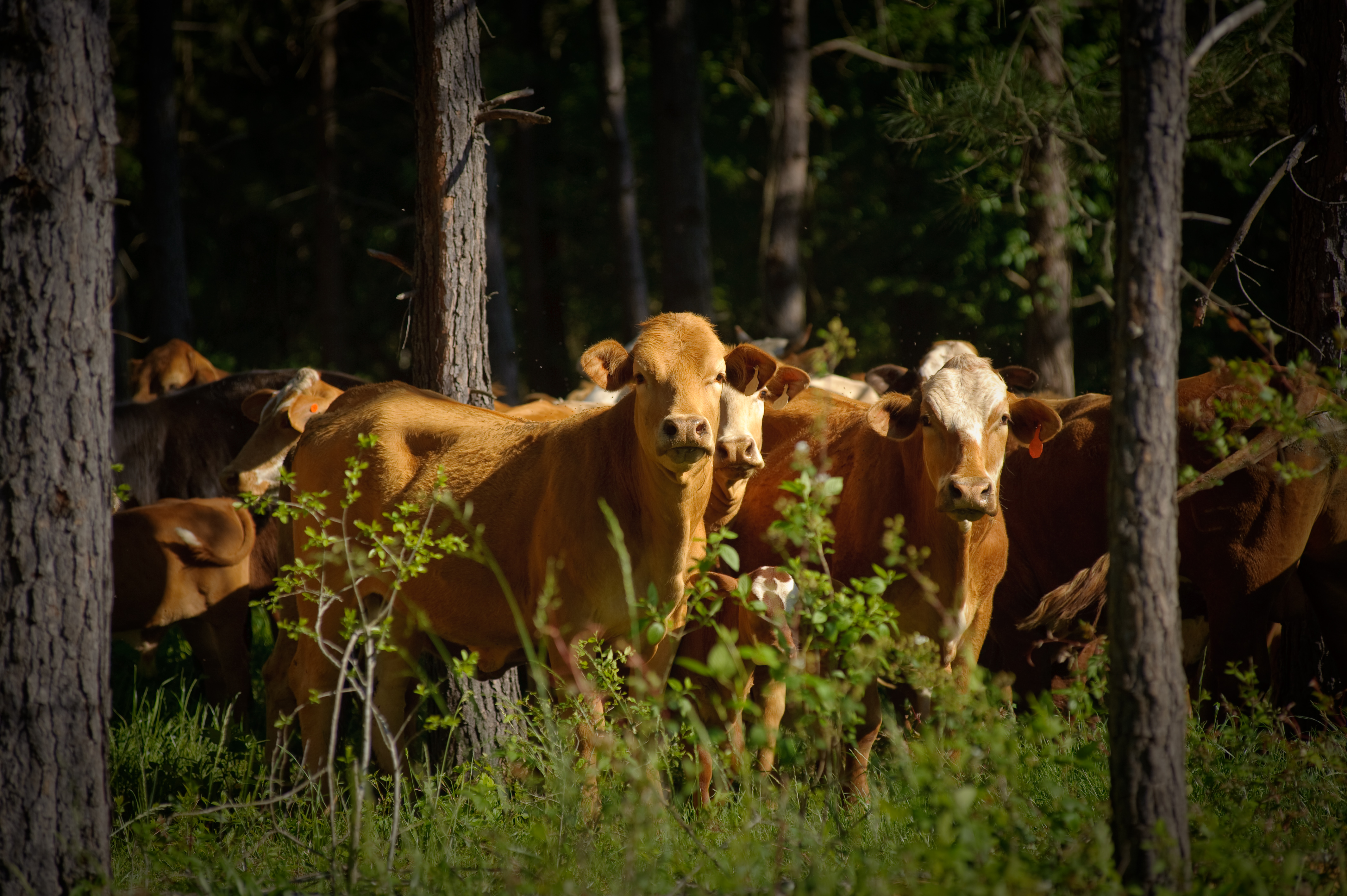
Better environments
- Imagine that regenerative practices feed soils as well as people and animals and curtail water pollution and nutrient loading worldwide.
- Imagine that the world’s vast grazing lands are restored through use of low-cost, participatory approaches.
- Imagine that these rangelands not only produce more meat and milk but also sequester as much carbon as forests.
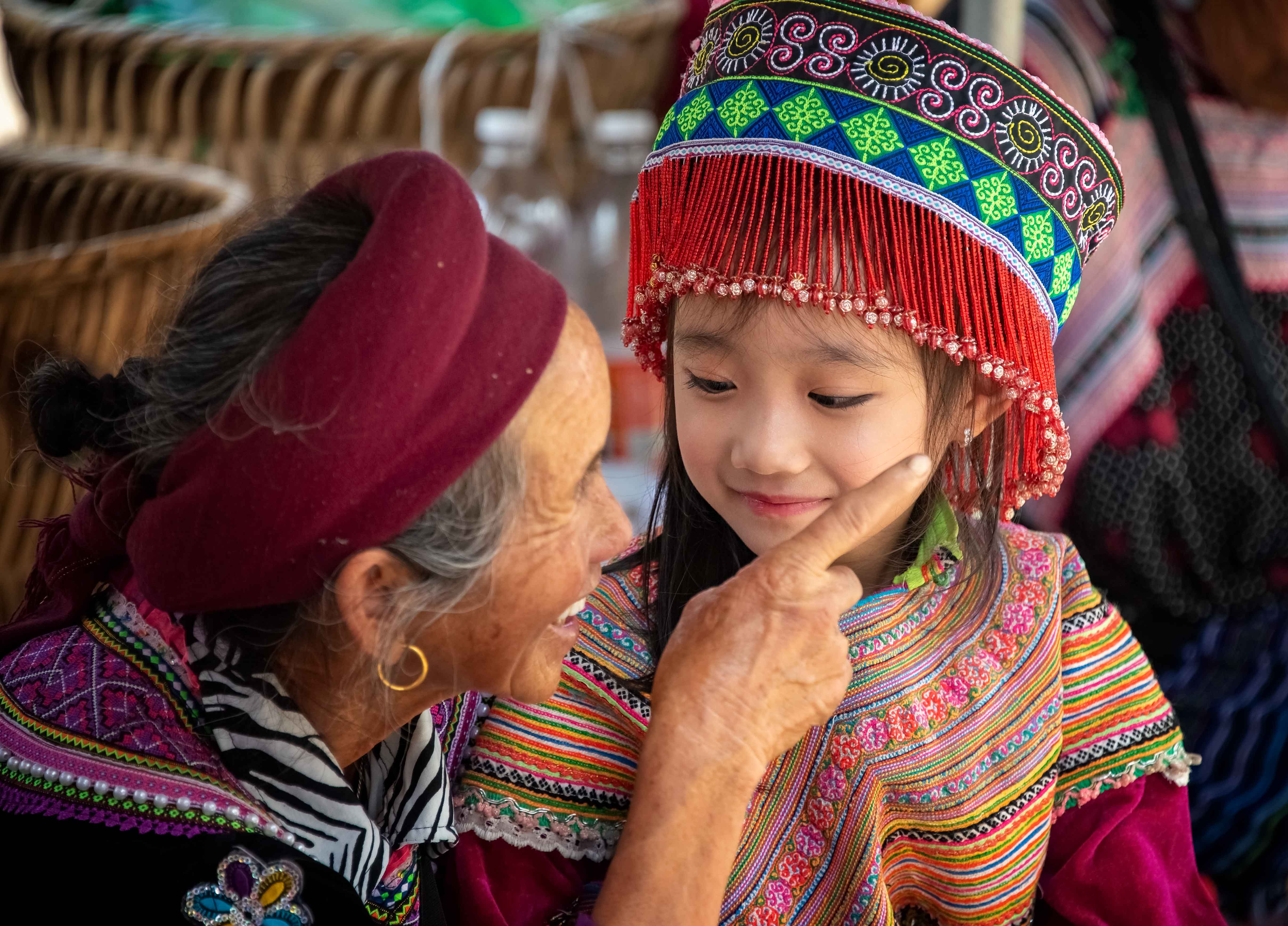
Better lives
- Imagine that livestock systems improve both animal and human welfare for better lives everywhere, with families using their livestock assets to generate multi-generational benefits.
- Imagine hundreds of millions of women empowering themselves in livestock value chains and livestock enterprises being made highly attractive to youth.
- Imagine liveable and habitable futures being created for the 1.7 billion people on the planet involved in livestock production and marketing.
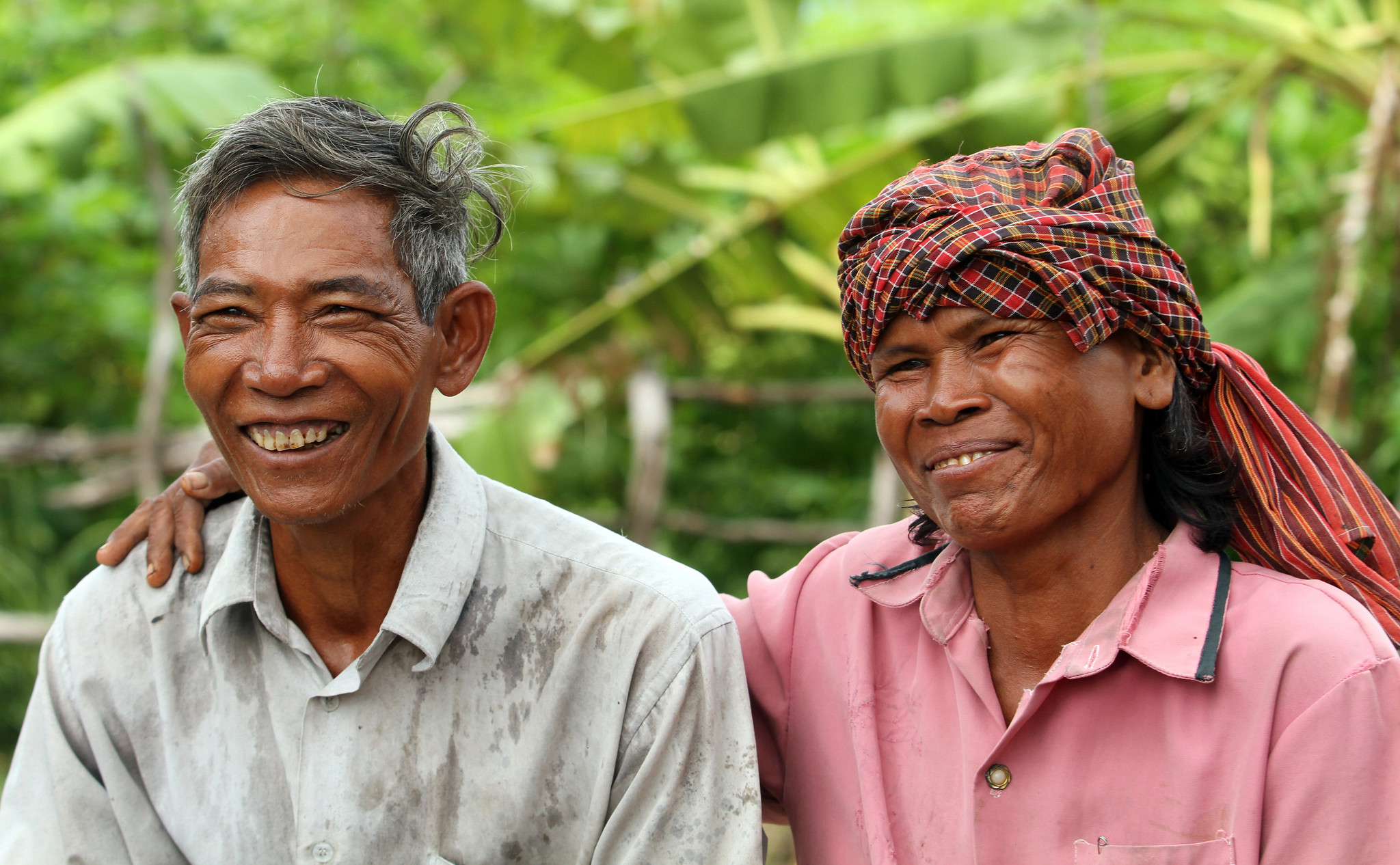
Conclusion
There are before us a wealth of opportunities to exploit. But many challenges also remain. We must move outside of our comfort zones.
- We must broaden our dialogue, connecting and delivering in ways we’ve not done before and engaging more, and more effectively, with the non-livestock worlds.
- We must work across diverse livestock sectors and disciplines and in both rich and poor countries.
- We must reach consumers as well as producers and address cultural as well as socioeconomic issues.
As I conclude these remarks, now in the twilight of my livestock career at the World Bank and ILRI where I worked for the last 20 years, allow me to end with three animating ideas that have been my touchstones.
The first is to bear in mind Miles’ Law—that where one stands on an issue depends on where one sits. And we must remember that people sit in very, very many—and in very, very different—places.
The second is that there is no moral equivalence between those making poor food choices and those having no food choices at all. Those consuming too much meat, milk and eggs can eat less; those consuming too little need to eat more.
My third message is for those making false statements about livestock, whether through ignorance or zealotry or mischief. To them I say, borrowing from the late New York senator Patrick Moynihan, ‘Everyone is entitled to their own opinions; no one is entitled to their own facts.’
You may also like
ILRI News
ILRI presents results of Livestock Sector Analysis and Strategy for Nigeria: Major step towards a national livestock master plan
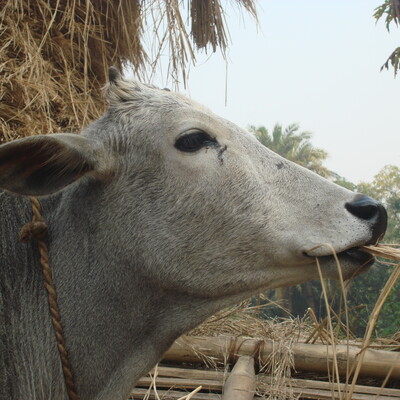
ILRI News
Veterinary conference challenges experts to adopt new approaches to livestock development in India
Exploring integration of KAZNET into Ethiopia’s national and regional resilience programming and information systems
Related Publications

Context Matters: Tackling Methane in Livestock Systems for a Sustainable Future
- Food Systems for the Future (FSF)
- Environmental Defense Fund
- International Livestock Research Institute

Livestock farmer groups for innovation uptake, market access and policy influence in Mai Son District, Son La Province, Vietnam
- Thinh, Nguyen Thi
- Thanh, Lo Quang
- Le, Pham Thi
- Marshall, Karen
- Atieno, Mary
- Burkart, Stefan

One Health scientific conference: International practices and lessons learned for Vietnam
- Vietnam One Health Partnership
- International Livestock Research Institute

Policy levers to unlock climate finance in the livestock sector: A guide for national policymakers to integrate livestock in climate strategies
- Alemayehu, Sintayehu
- Cramer, Laura K.
- Gonzalez Quintero, Ricardo
- Kimoro, Bernard
- Kohler, Gregory

Proceedings of the First Technical Advisory Steering Committee Meeting for ‘Strengthening Adaptive Capacity of Extensive Livestock Systems for Food and Nutrition Security and Low-emissions Development in Eastern and Southern Africa’ Project in Ethiopia
- Mekuriaw, Shigdaf
- Dijk, Suzanne van
- Makonnen, Brook T.









